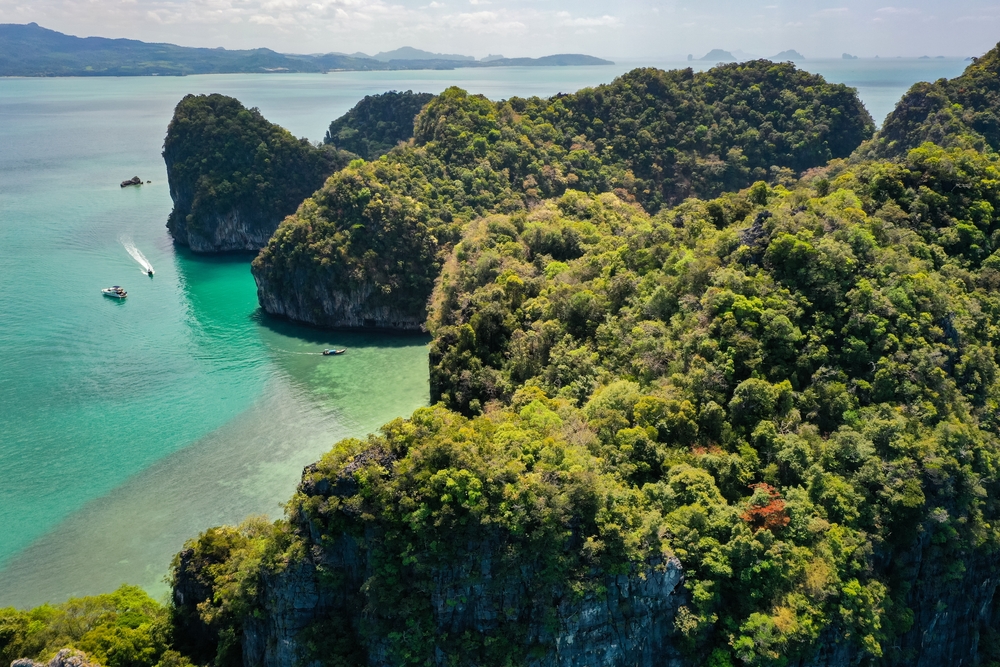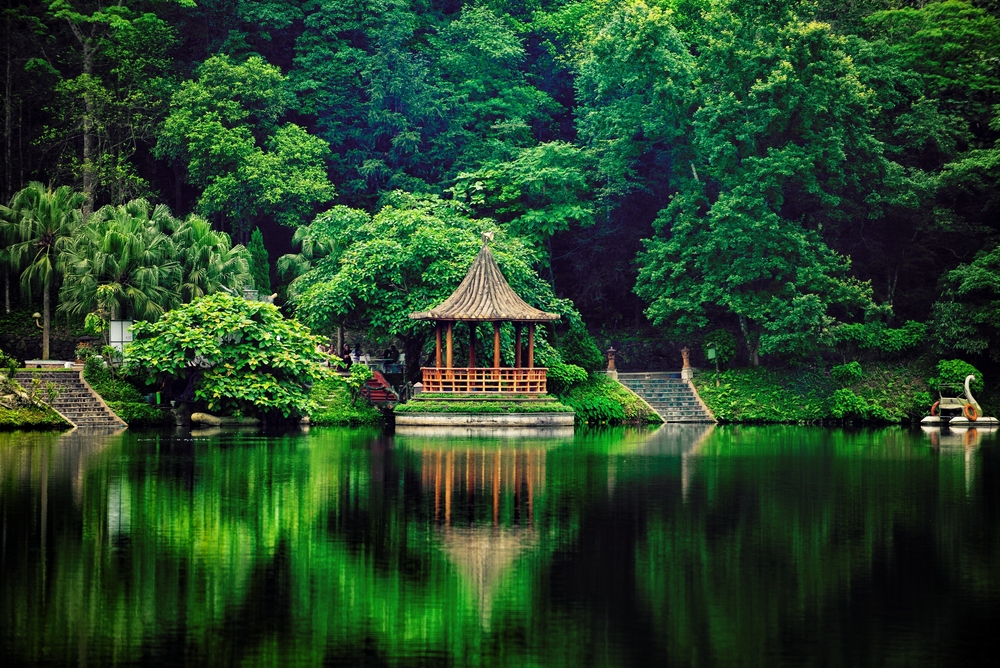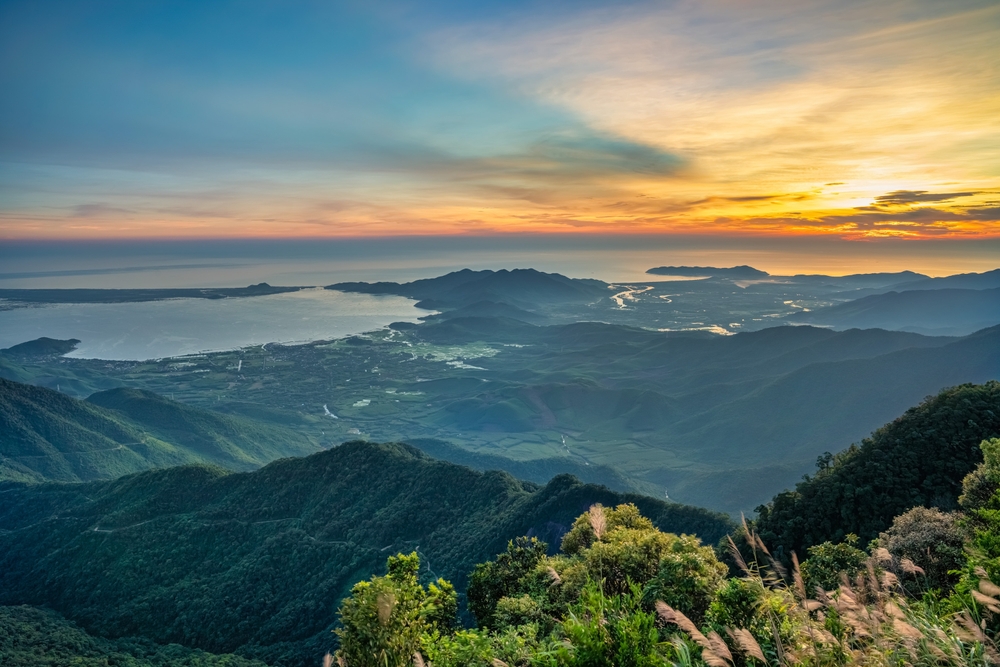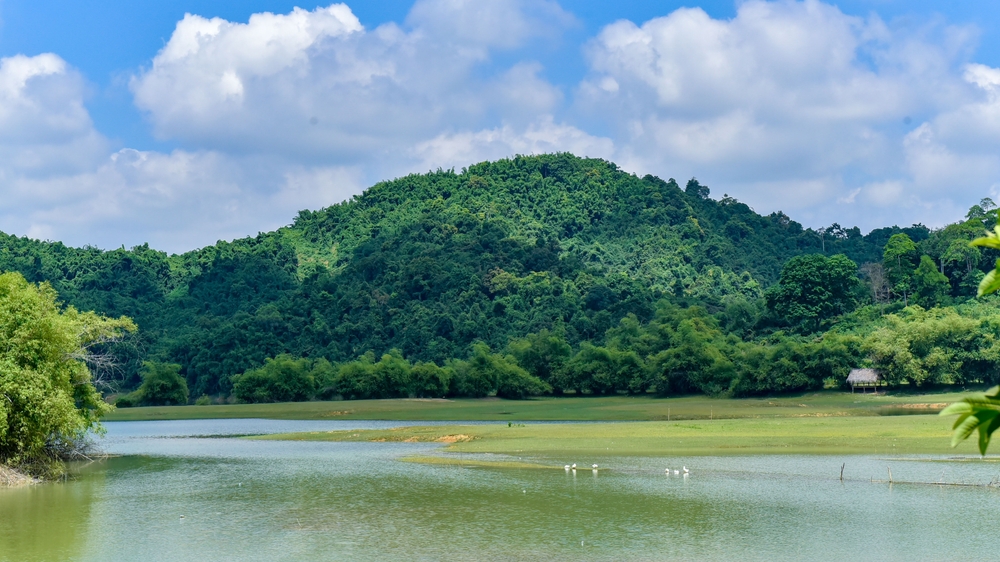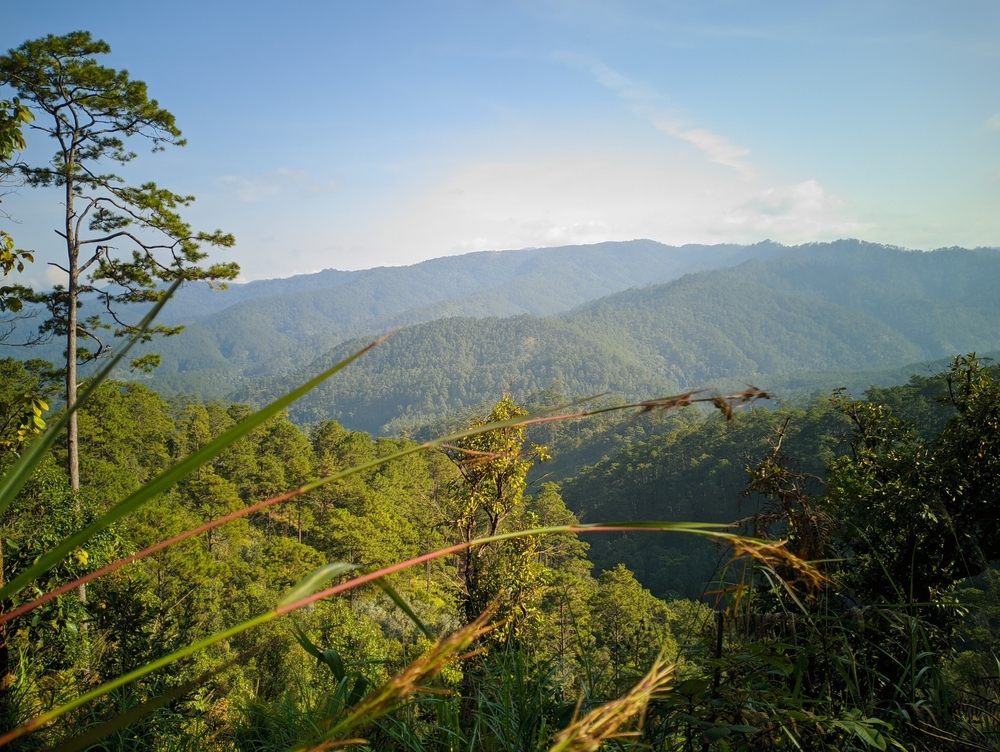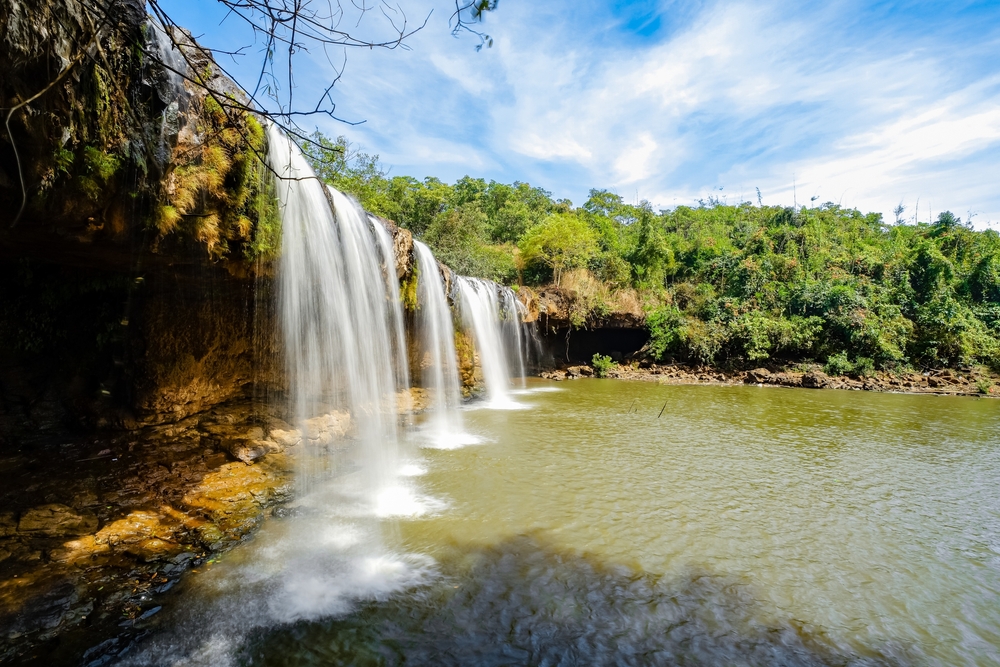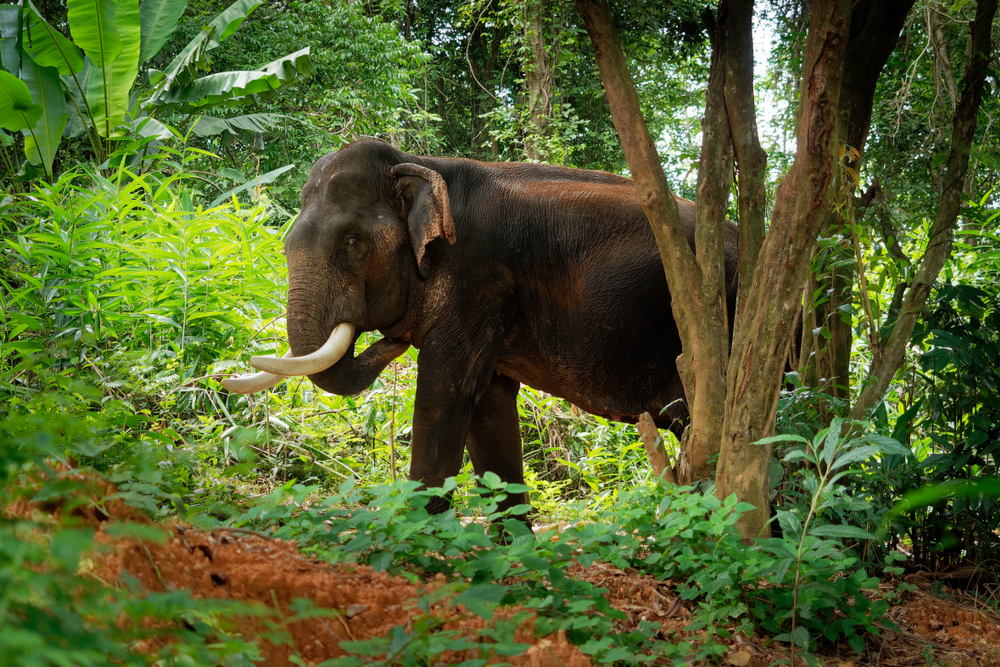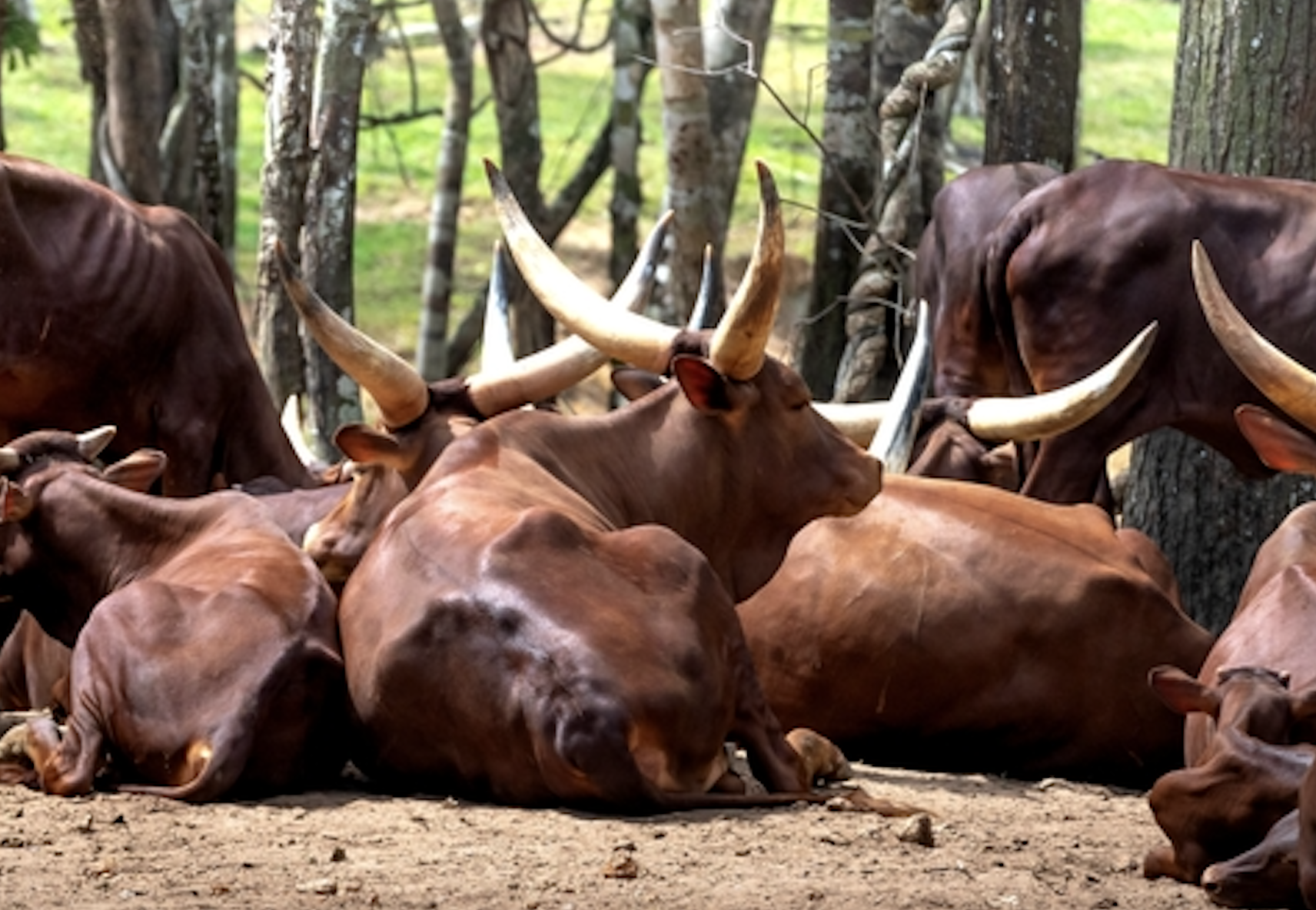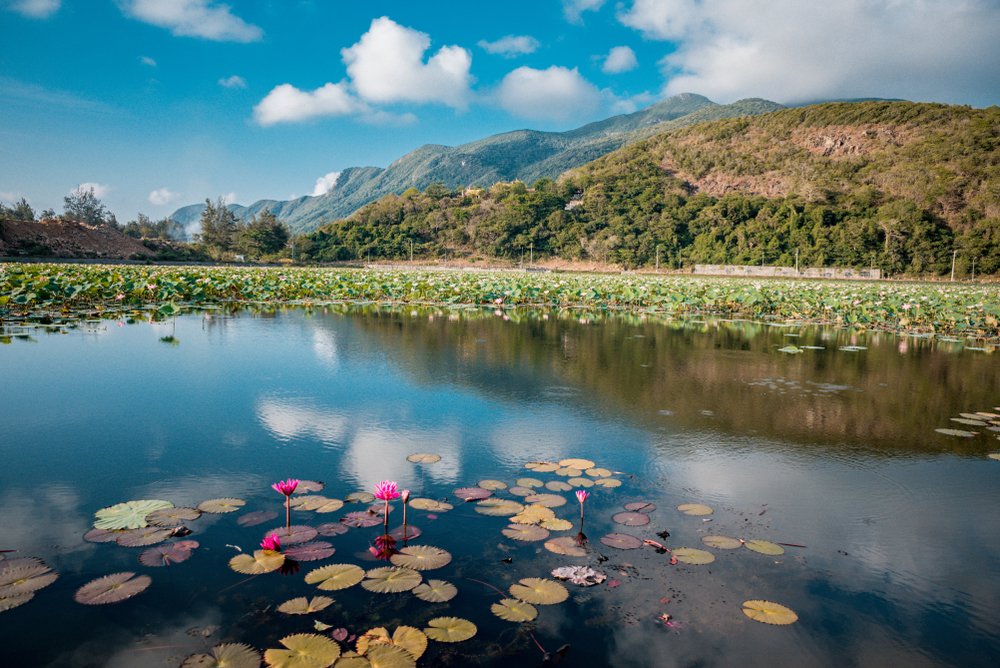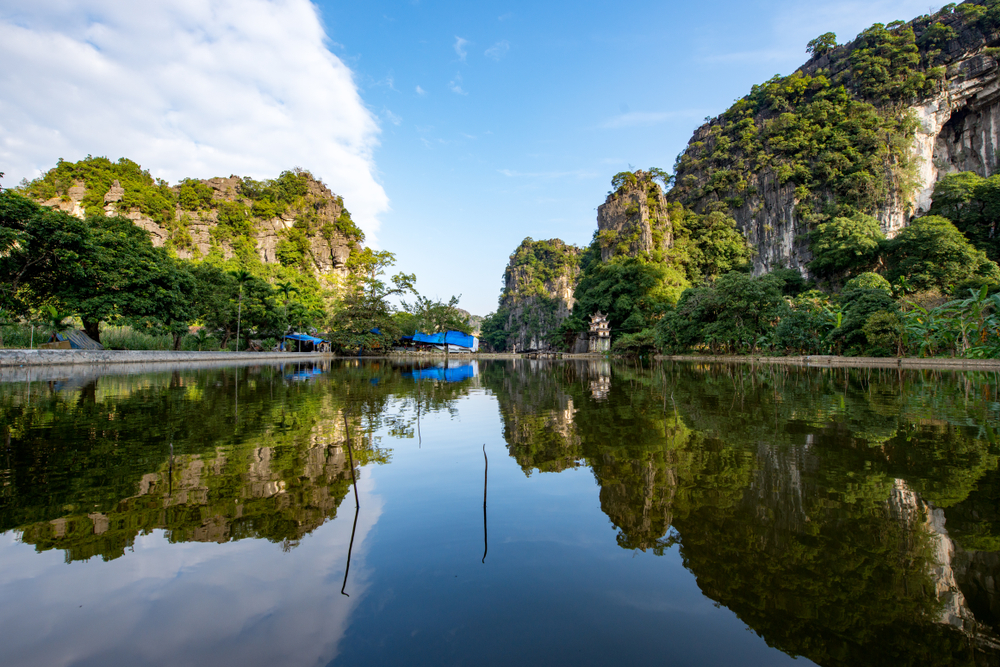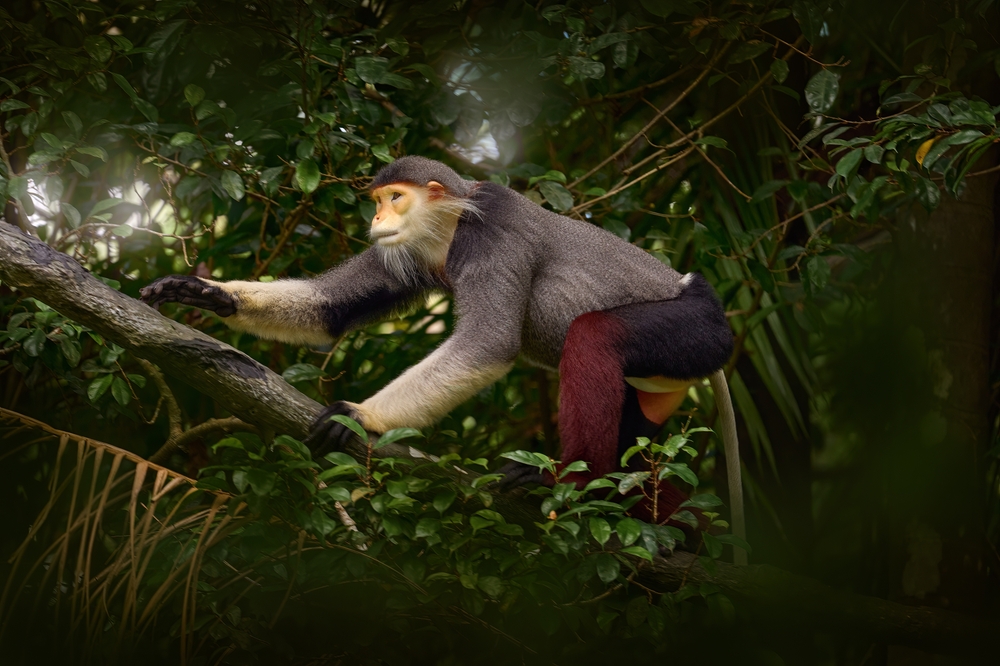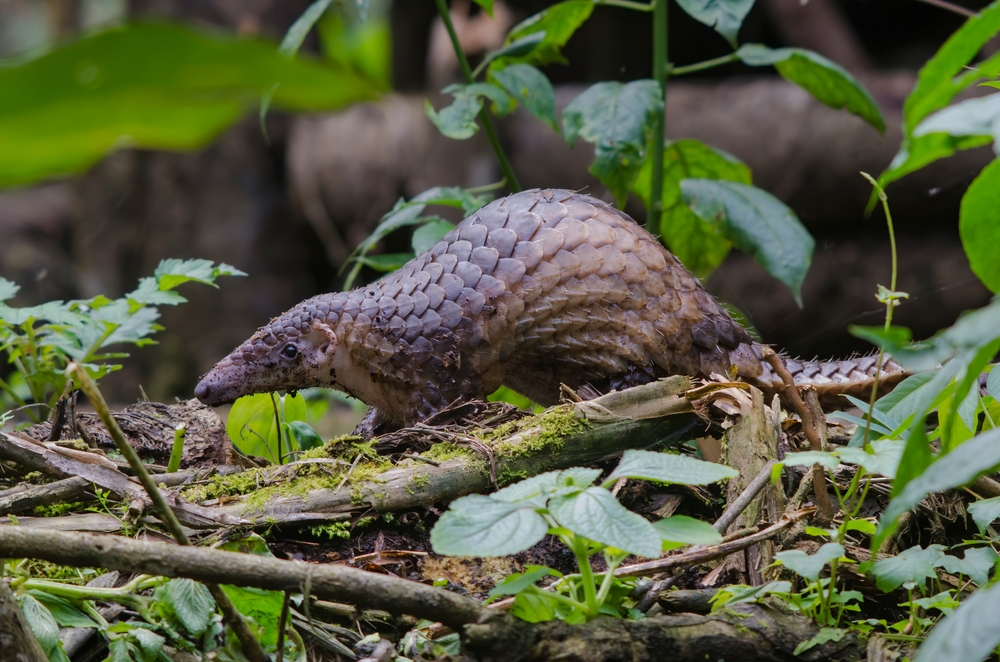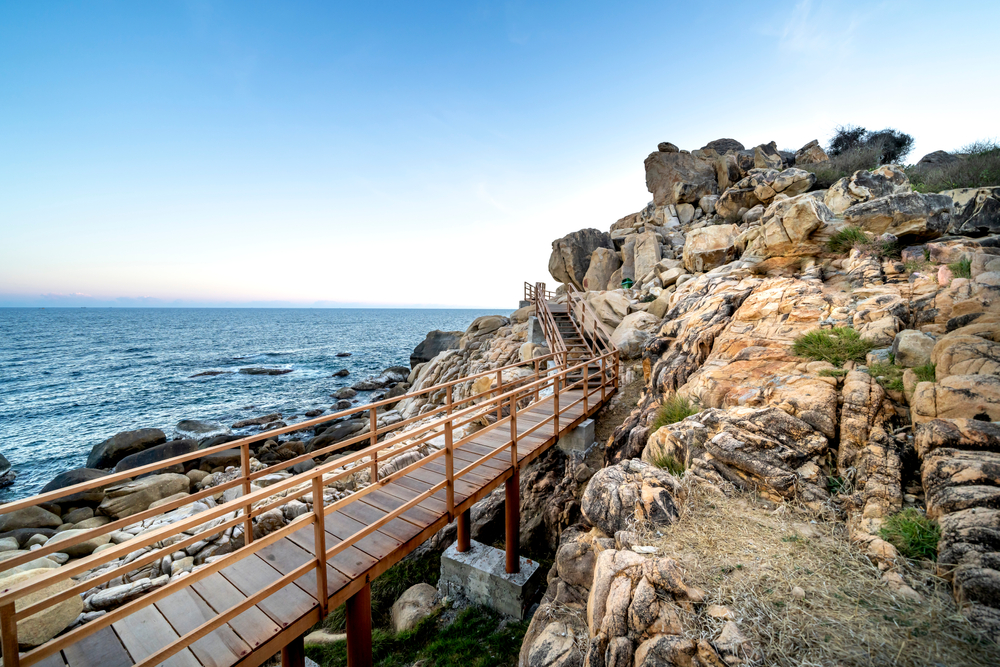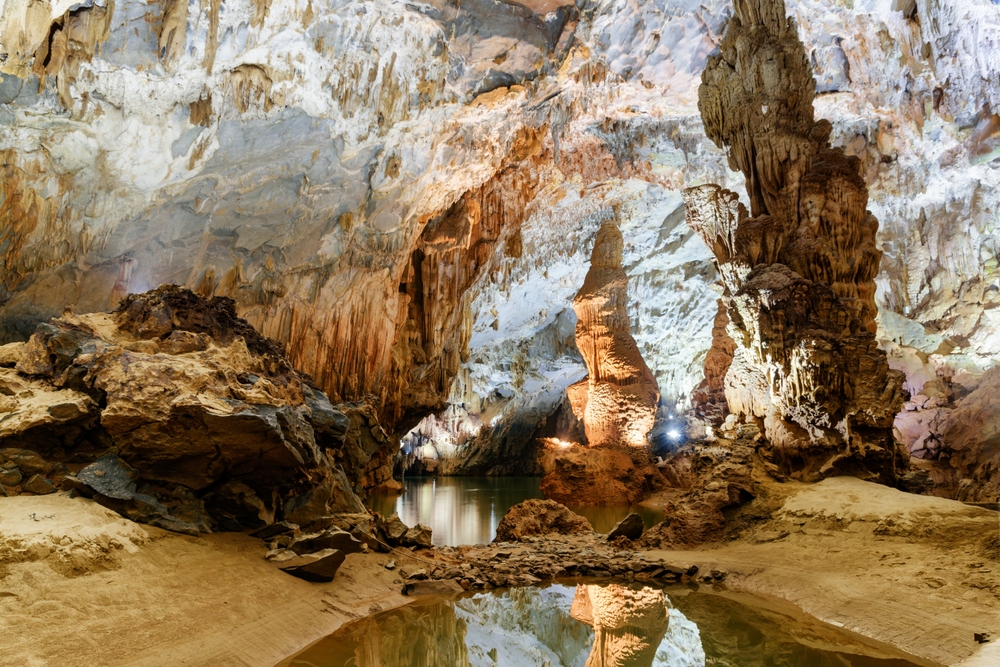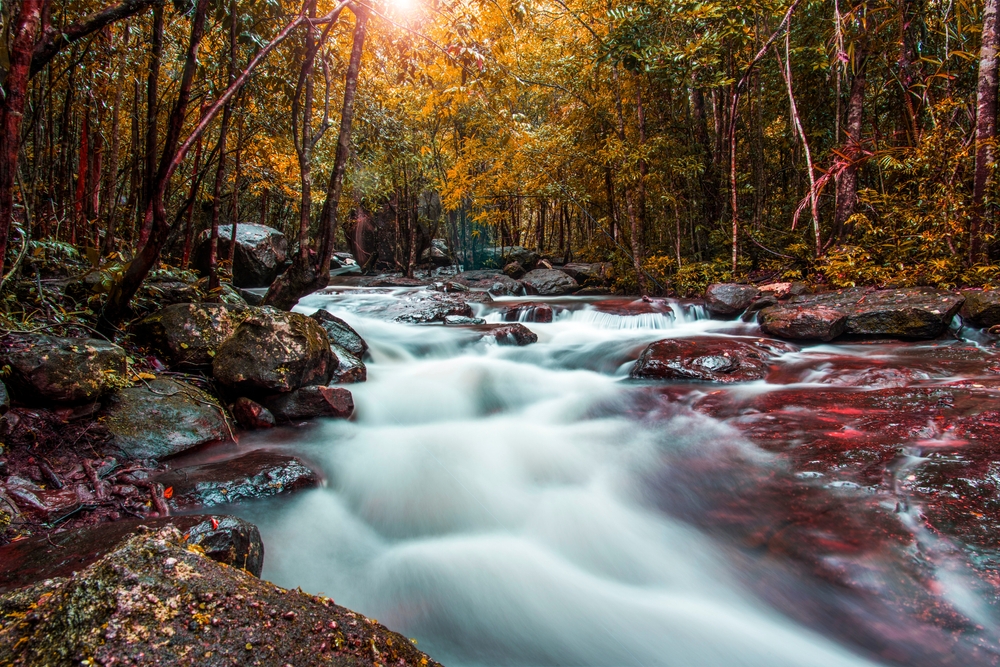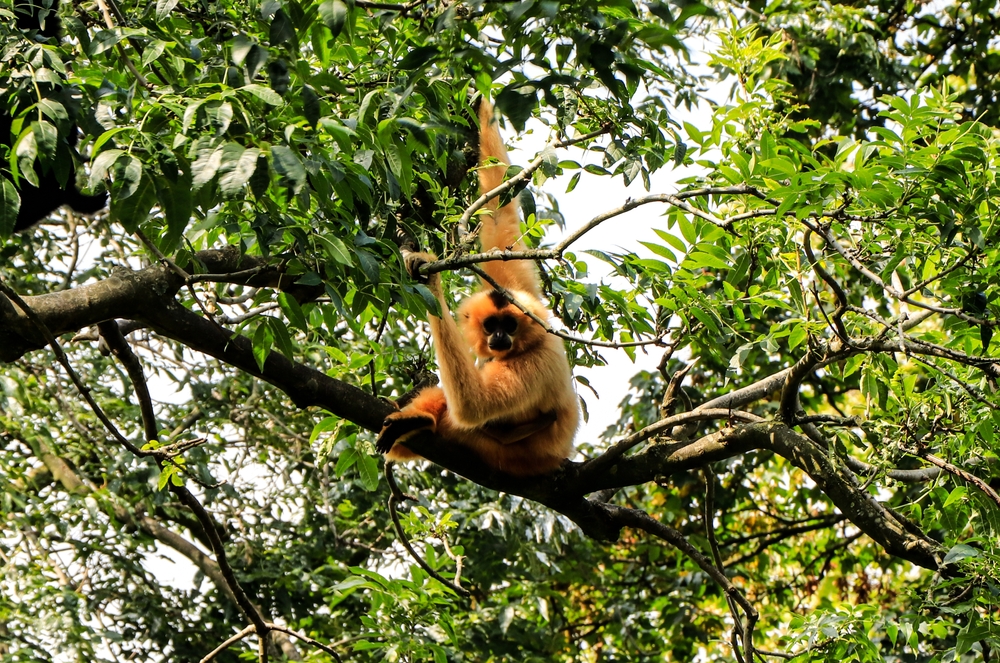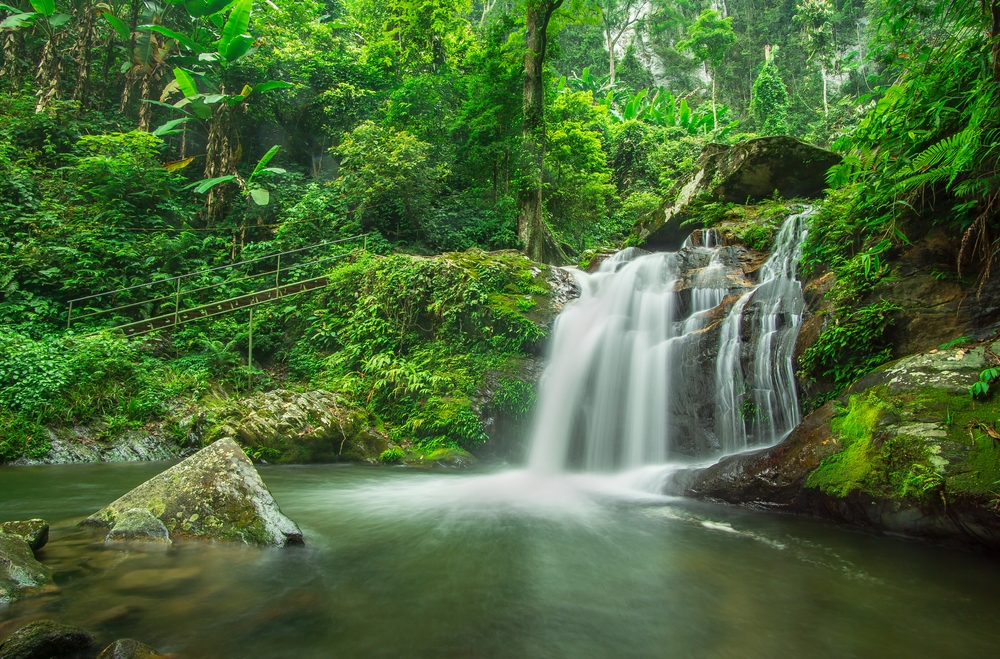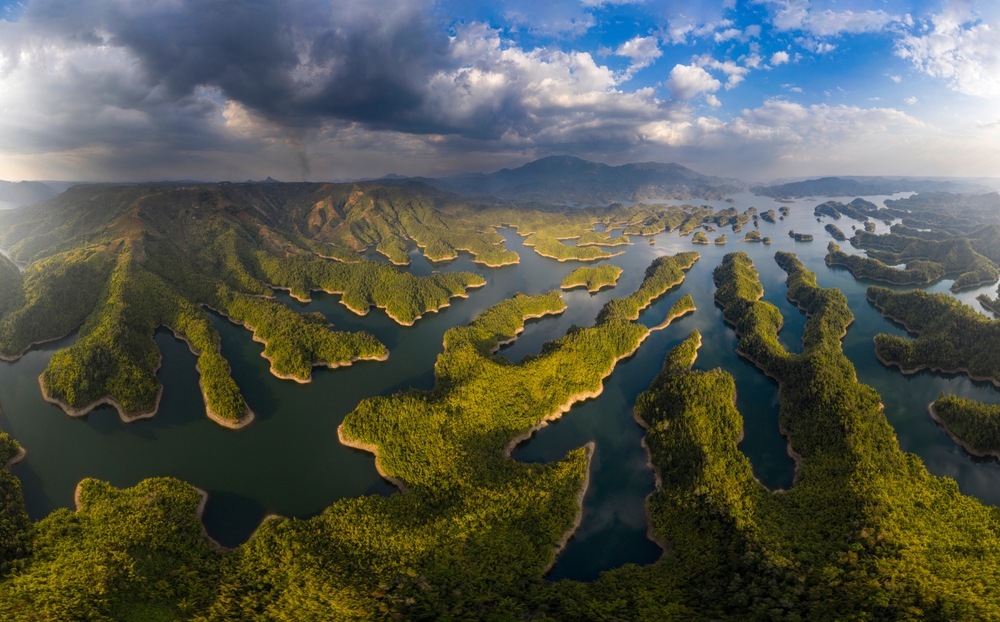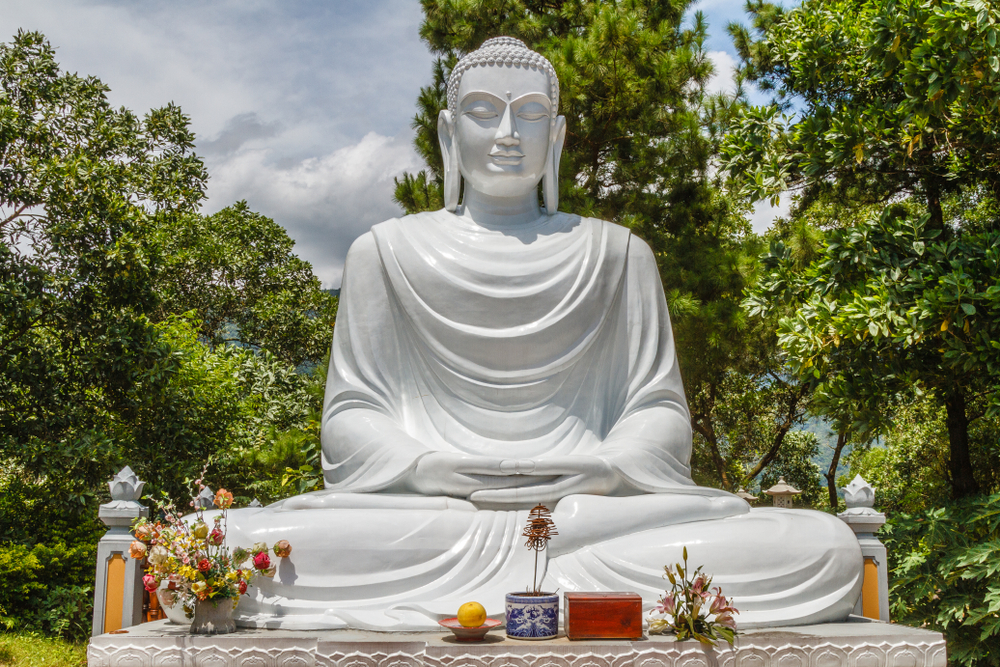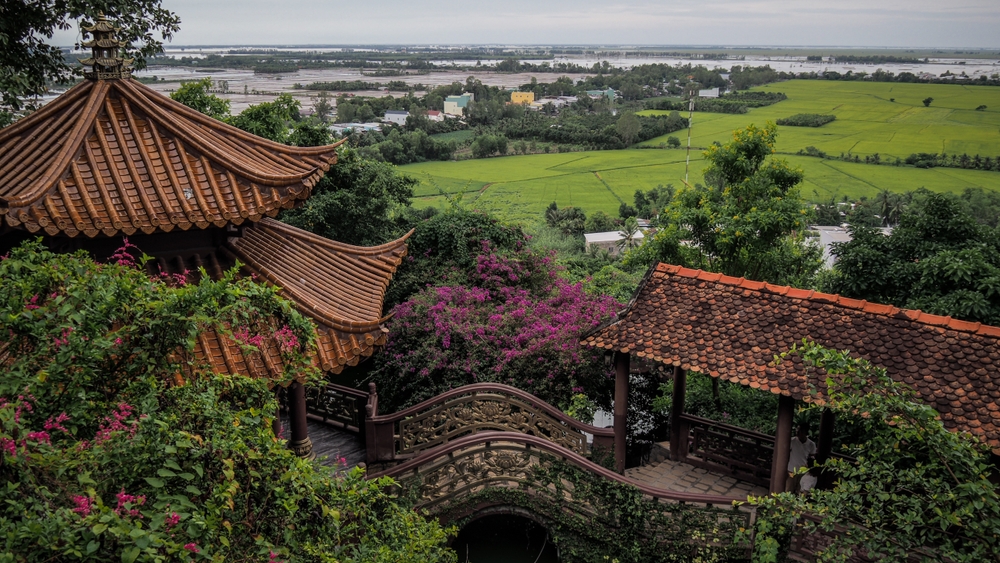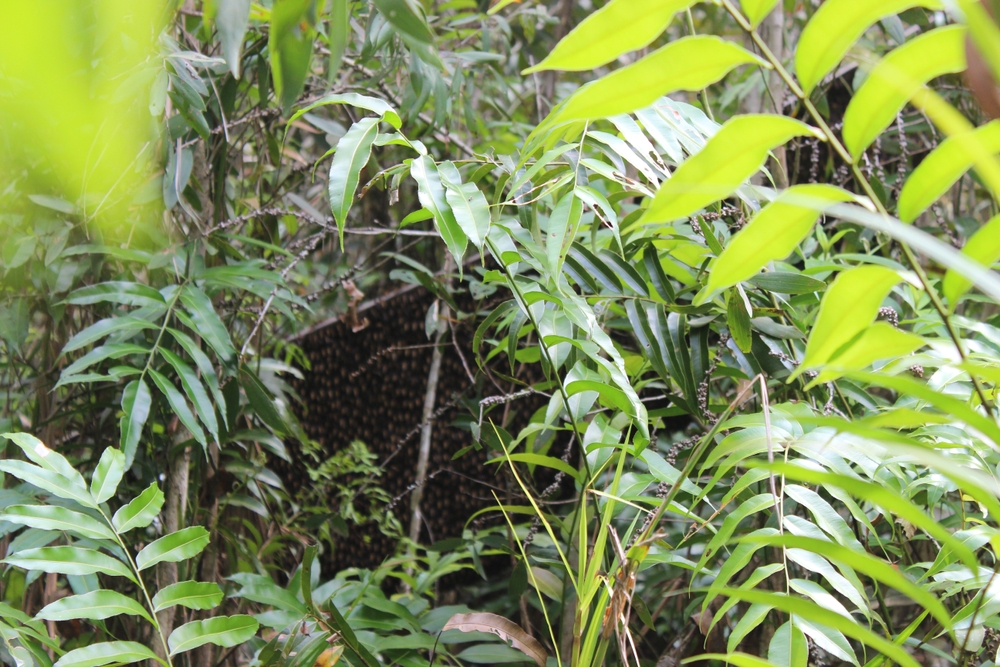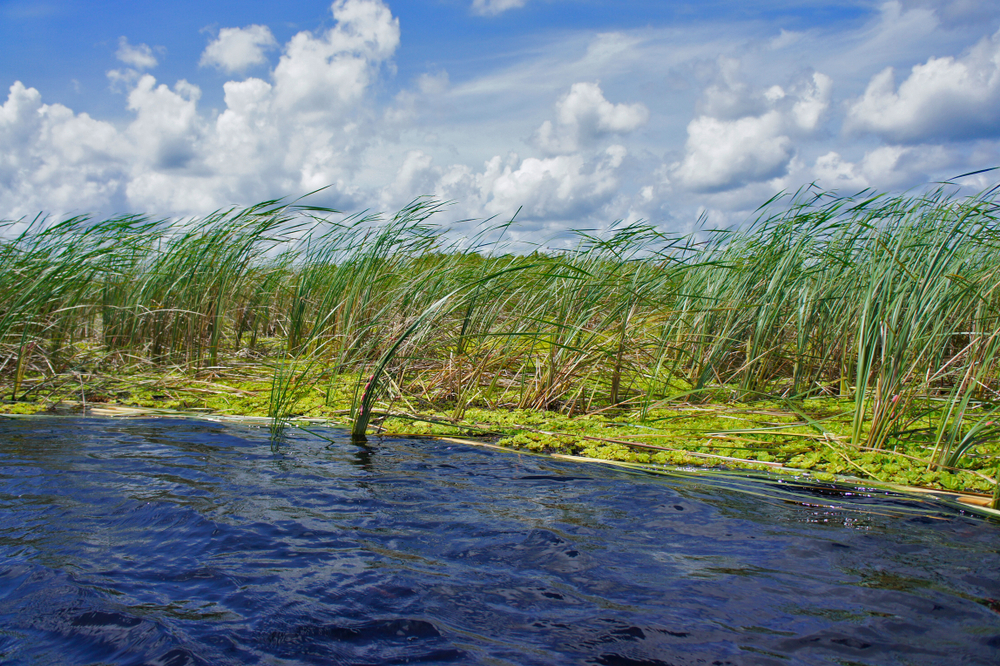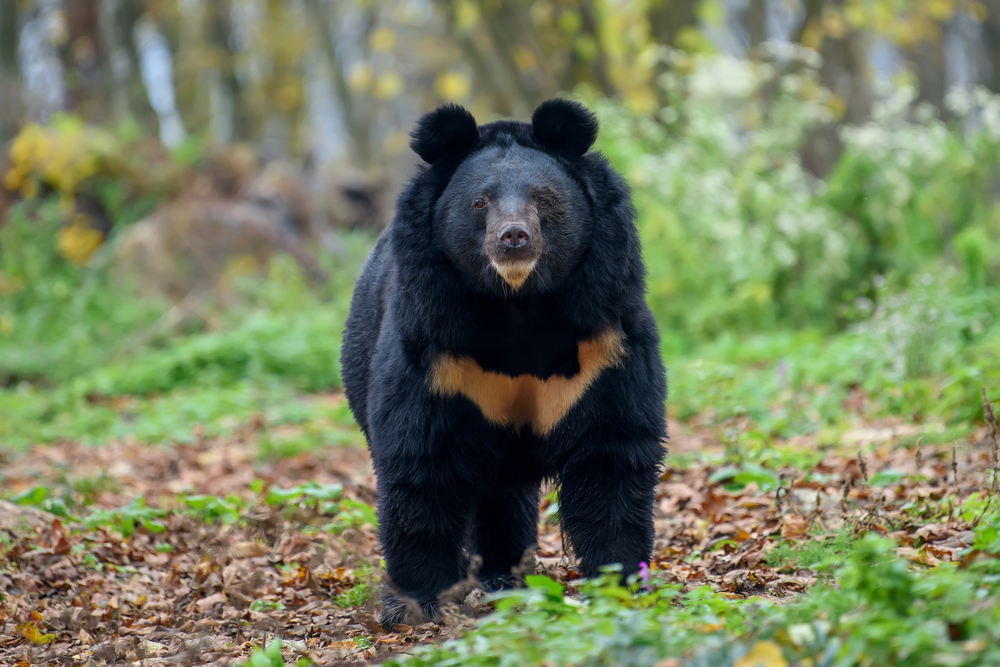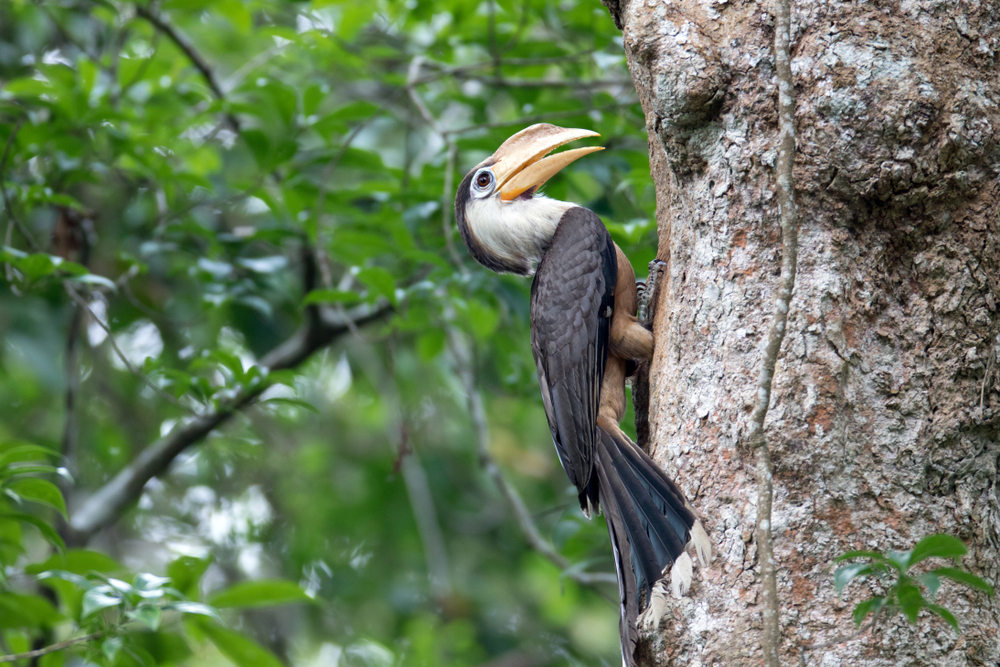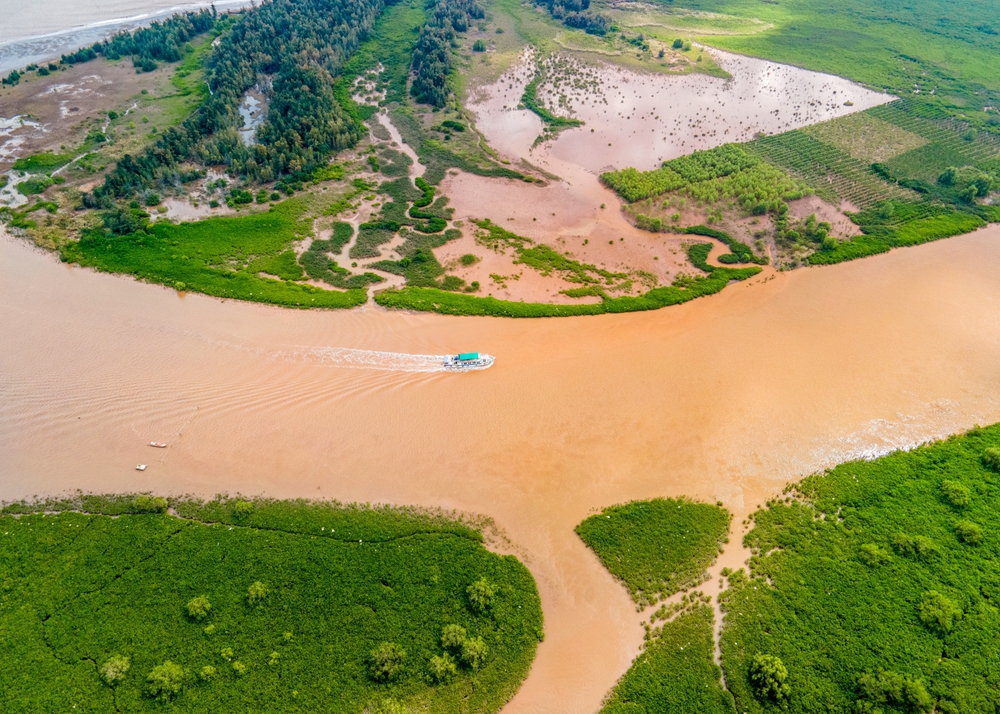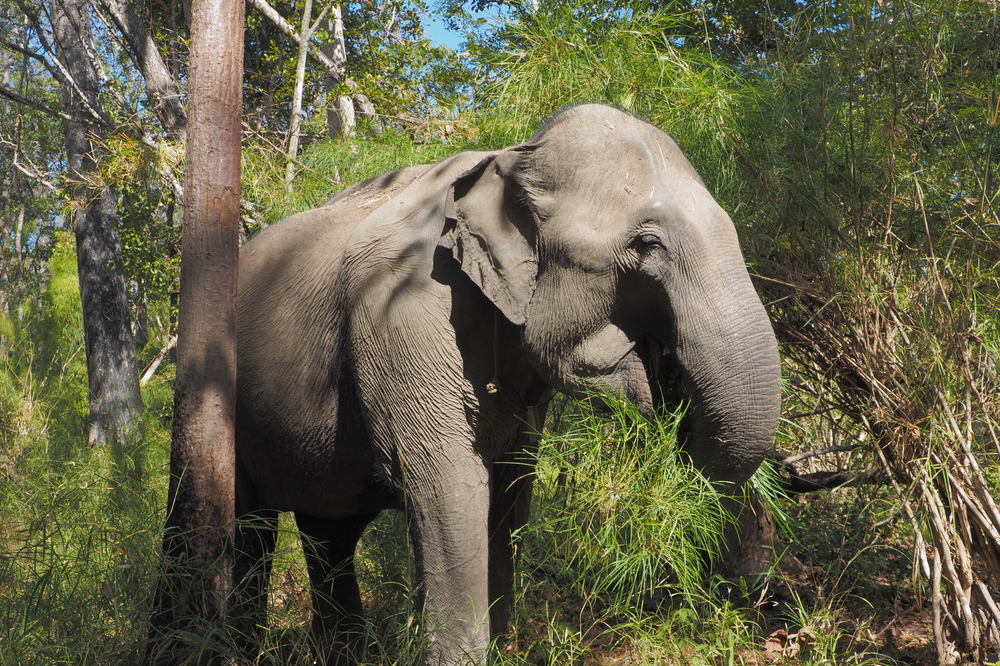Vietnam is home to 34 national parks, showcasing a diverse range of ecosystems that span lush tropical forests, towering limestone karsts, vibrant wetlands, and pristine coastal regions. The country’s national parks are renowned for their incredible biodiversity, supporting thousands of plant and animal species, including many that are rare or endangered. These protected areas not only preserve Vietnam’s natural heritage but also attract millions of visitors annually, offering opportunities for hiking, bird-watching, caving, and eco-tourism.
One of Vietnam’s most famous national parks is Phong Nha-Ke Bang National Park, a UNESCO World Heritage Site. Located in central Vietnam, this park is celebrated for its extensive limestone karst landscapes and remarkable cave systems. The park boasts Hang Son Doong, the largest cave in the world, along with other fascinating formations like Phong Nha Cave and Paradise Cave. Phong Nha-Ke Bang is also a biodiversity hotspot, home to diverse fauna such as langurs, pangolins, and numerous bird species. Its unique geological features and ecological significance make it a cornerstone of Vietnam’s conservation efforts.
Another iconic destination is Cát Tiên National Park, located in southern Vietnam. Spanning lowland tropical forests and wetlands, Cát Tiên is a sanctuary for critically endangered species like the Siamese crocodile and the Java pangolin. The park is also known for its ancient trees, some over 500 years old, and its vibrant bird population, which makes it a favorite among ornithologists. Cát Tiên has become a leading example of conservation success in Vietnam, with initiatives to protect its wildlife from poaching and habitat destruction.
In northern Vietnam, Ba Be National Park offers a tranquil escape into nature with its emerald-green Ba Be Lake, dramatic limestone peaks, and lush forested valleys. The park is a haven for kayaking, boat tours, and cultural experiences with local ethnic communities like the Tay and Hmong. Its scenic beauty is complemented by its ecological importance, supporting rare species such as the Tonkin snub-nosed monkey.
Cúc Phương National Park, the oldest national park in Vietnam, is a must-visit for nature lovers. Located near Hanoi, it features dense forests, ancient trees, and a wealth of biodiversity. The park is famous for its efforts in primate rescue and conservation, particularly for the endangered Delacour’s langur. Visitors can enjoy trekking through limestone caves, spotting butterflies, and learning about Vietnam’s conservation history.
While Vietnam has made significant strides in protecting its natural heritage, challenges remain, such as habitat loss, illegal logging, and poaching. However, efforts like eco-tourism initiatives, community-based conservation, and international collaborations have shown promising results in preserving these treasured ecosystems.










































































